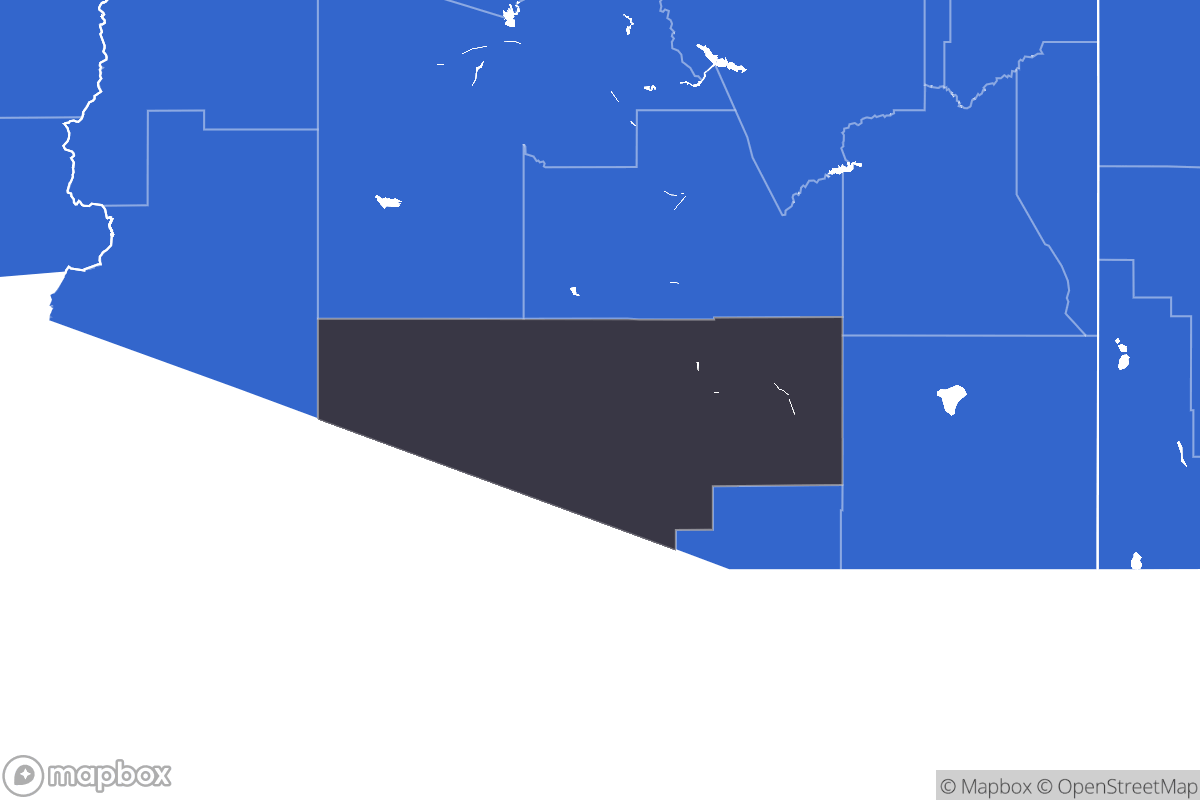
Map The Impact
-
Alabama
-
Alaska
-
Arizona
-
Arkansas
-
California
-
Colorado
-
Connecticut
-
Delaware
-
District of Columbia
-
Florida
-
Georgia
-
Hawaii
-
Idaho
-
Illinois
-
Indiana
-
Iowa
-
Kansas
-
Kentucky
-
Louisiana
-
Maine
-
Maryland
-
Massachusetts
-
Michigan
-
Minnesota
-
Mississippi
-
Missouri
-
Montana
-
Nebraska
-
Nevada
-
New Hampshire
-
New Jersey
-
New Mexico
-
New York
-
North Carolina
-
North Dakota
-
Ohio
-
Oklahoma
-
Oregon
-
Pennsylvania
-
Rhode Island
-
South Carolina
-
South Dakota
-
Tennessee
-
Texas
-
United States of America
-
Utah
-
Vermont
-
Virginia
-
Washington
-
West Virginia
-
Wisconsin
-
Wyoming
Immigrants in the
Tucson Metro Area

Overview
Immigrant tax contributions
Demographics
In the United States, immigrants are more likely to be working-age than their U.S.-born counterparts. This means they are more likely to be active in the labor force, allowing them to contribute to the economy not only as consumers but also as taxpayers, helping fund social services and programs like Medicare and Social Security.
| Age Group | Foreign-Born Population | U.S.-Born Population |
|---|---|---|
| 0-15 | ||
| 16-64 | ||
| 65+ |
Top countries of origin for immigrants
Entrepreneurship
It is hard to overstate the importance of entrepreneurship since new businesses are the main driver of job growth in the United States. Immigrants play a particularly important role in this—founding businesses at far higher rates than the U.S. population overall. Today, millions of American workers are employed at immigrant-founded and immigrant-owned companies.
TAXES & SPENDING POWER
Immigrant households contribute hundreds of billions of dollars in federal, state, and local taxes nationally and hold a tremendous amount of spending power. This gives them significant economic clout, helping support local communities as consumers and taxpayers. Like all residents of the United States, regardless of where they were born, immigrants make use of public services like education, healthcare, and public safety. Even with these costs, however, immigrants’ economic contributions far outweigh the cost of additional public services they incur.
Immigrant household income
Total spending power
| State & Local Taxes Paid | |
| Federal Taxes Paid | |
| Total Taxes Paid |
Workforce
The growth in the immigrant population has helped to strengthen America’s labor force. As baby boomers age, younger immigrants are filling crucial gaps in the labor market. Nationally, immigrants are more likely to hold an advanced degree than the U.S.-born. They are also more likely to have less than a high school education. As such, they are able to fill critical shortages at both ends of the skill spectrum, from high-tech positions to agriculture, hospitality, and service jobs.
| Education Level | Foreign-Born Population | U.S.-Born Population |
|---|---|---|
| Less Than High School | ||
| High School & Some College | ||
| Bachelor’s Degree | ||
| Graduate Degree |
Share of College-Educated Workers Employed in Jobs That Don’t Require a College Degree
| Foreign-Born Population | U.S.-Born Population |
|---|---|
TOP INDUSTRIES WITH HIGHEST SHARE OF IMMIGRANT WORKERS
Immigrant share of population:
TOP OCCUPATIONS WITH HIGHEST SHARE OF IMMIGRANT WORKERS
Science, Technology, Engineering, and Math
Jobs in science, technology, engineering, and math (STEM) fields are some of the most in-demand jobs in the U.S. economy. These jobs are also expected to experience some of the highest growth rates in the next decade, second only to healthcare jobs. While immigrants already play a huge part in maintaining the United States’ role as a leading innovator, immigrants will also be instrumental in helping high-tech industries meet their full potential as their needs for high-skilled STEM workers rapidly increases in the future.
Healthcare
As millions of baby boomers age, the U.S. healthcare system is facing unprecedented demand, adding jobs faster than any other segment of the economy. Many healthcare businesses and providers are struggling to find enough workers, and in some rural areas shortages are particularly acute. Immigrants have already been filling some of our most glaring healthcare needs. Nationally, they are twice as likely as the U.S.-born to work as home health aides, and twice as likely to work as physicians and surgeons.
Housing
Immigrant families have long played an important role in helping to build housing wealth in the United States. In recent decades, the more than 40 million immigrants in the U.S. collectively increased U.S. housing wealth by trillions of dollars. Much of this was possible because immigrants moved into neighborhoods once in decline, thus helping to revitalize communities and make neighborhoods more attractive to U.S.-born residents.
International Students
International students in the United States contribute tens of billions of dollars to the U.S. economy every year and support a significant number of U.S. jobs through their tuition payments and day-to-day spending. Research has also found that increases in the number of international students at American universities boost innovation and patent creation.
Naturalization & Voting Power
As more immigrants naturalize and become eligible to vote, they continue to gain political power. The number of immigrant voters is only projected to rise in the next decade, and in some states foreign-born voters are already capable of deciding elections.